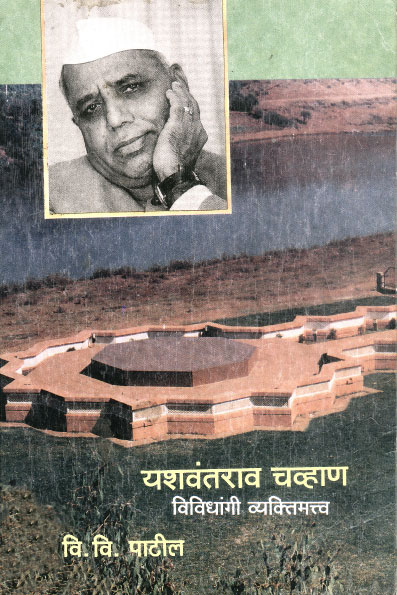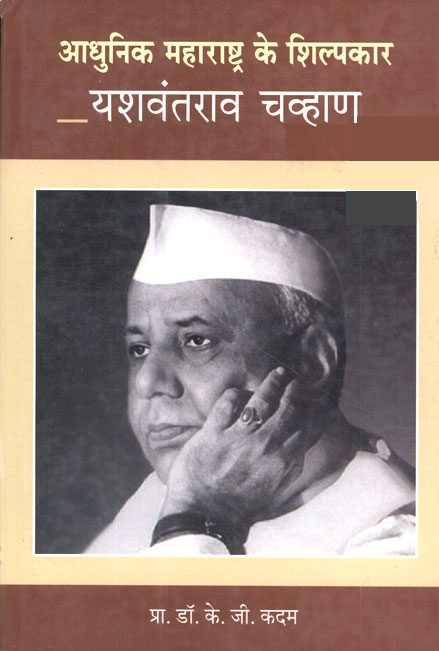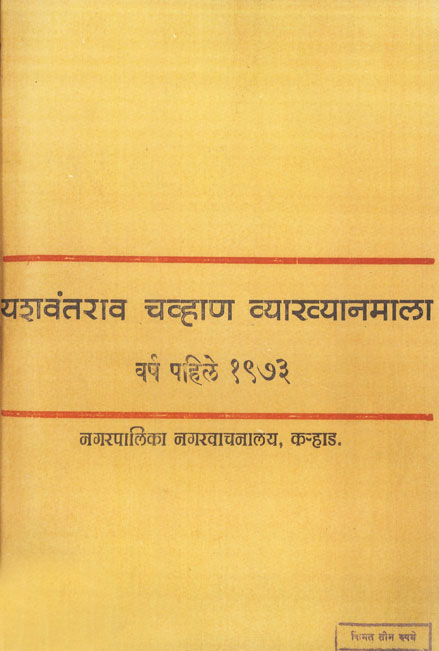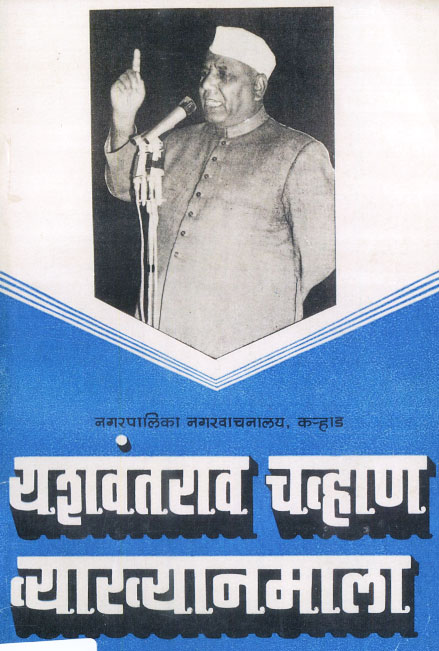To emphasise only one at the cost of the other will, therefore, be inevitably suicidal. It is in this context that the various facets of urbanisation, industrialisation and the green revolution will have to be clearly understood. To tackle the question of disparity in incomes and wealth in the rural areas, it is necessary to lay immediate emphasis on the question of land reforms and land ceilings. In view of the variety of tenurial practices which have persisted over generations in the various states and the difficulties in the agro-climatic factors, it will be difficult to think in terms of laying down uniform standards for the purposes of land ceilings. But it must be realised that a time has come when a fresh look must be taken at the question of land ceilings. Wherever the zamindari system has got entrenched for long periods and the land ceilings are pitched at an unduly high level, socio-political compulsions will call for reduction of ceiling on the land holdings. In view of the large mass of landless population in the rural areas and the tremendous hunger for land, it will be impossible to meet the requirements of any sizeable section of the population, unless the ceiling is imposed on the basis of family as a unit. To give an incentive for higher production and for assimilation of new techniques of cultivation, it will also be necessary to realise the ideal of land for the tiller. It will also have to be accepted that the benefits of a large number of developmental schemes in the rural areas has primarily gone to the well-to-do sections of the cultivators, and no perceptible impact has so far been made on the lives of the small cultivators and the landless labour. It is frustrating and demoralizing to see the promise of the Green Revolution and the advances in technology but not share in it, to see and hear about it all around but not to be able to participate in it. And this has been the lot of small cultivators all over the country. If this situation is not rectified, the disparities in levels of incomes and production are bound to get further accentuated and sharpened as years go by. This can be a potentially explosive area and must get our urgent attention.
The problem of disparities in incomes and wealth is equally and perhaps more acute in the urban areas. If the psychological barrier between the haves and the have-nots is to be removed, it is essential that sacrifices in the process of development are shared by all according to their capacity. There can, therfore, be no justification for permitting large unearned incomes and unconscionable profits by only a section of the population. There can also be no justification for permitting vulgar display of prosperity and affluence. The impact of any measure like ceiling on urban property must be assessed not merely in terms of resources for development but also in terms of efficacy and value for creating a mass appeal and a fervour for the success of the development plans. It was for this purpose that the Government accepted the principle of ceiling on urban property. There can be differences over the limit of ceiling and the ways of achieving it.




















































































































